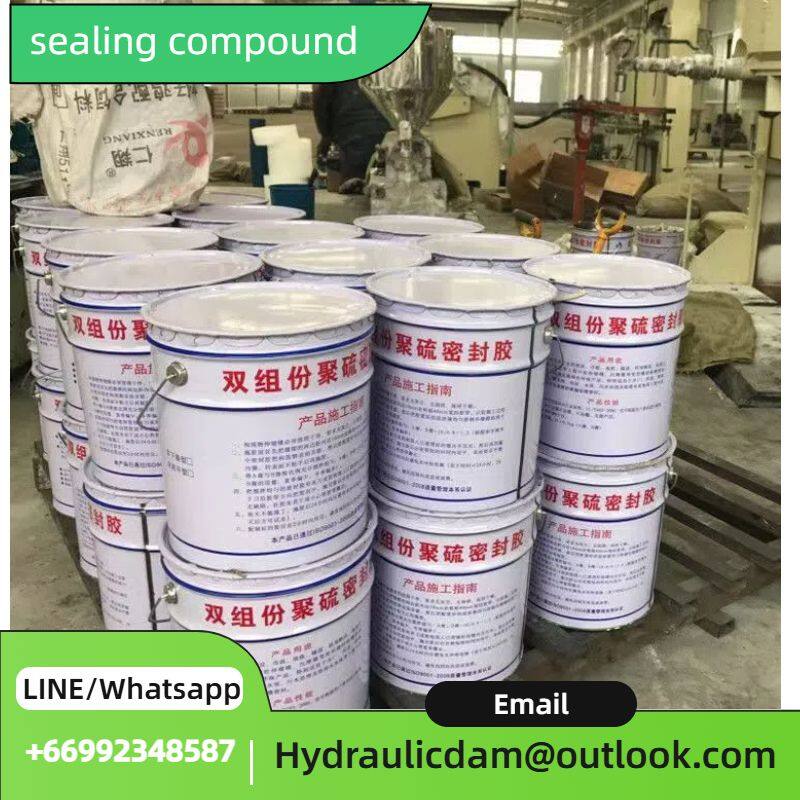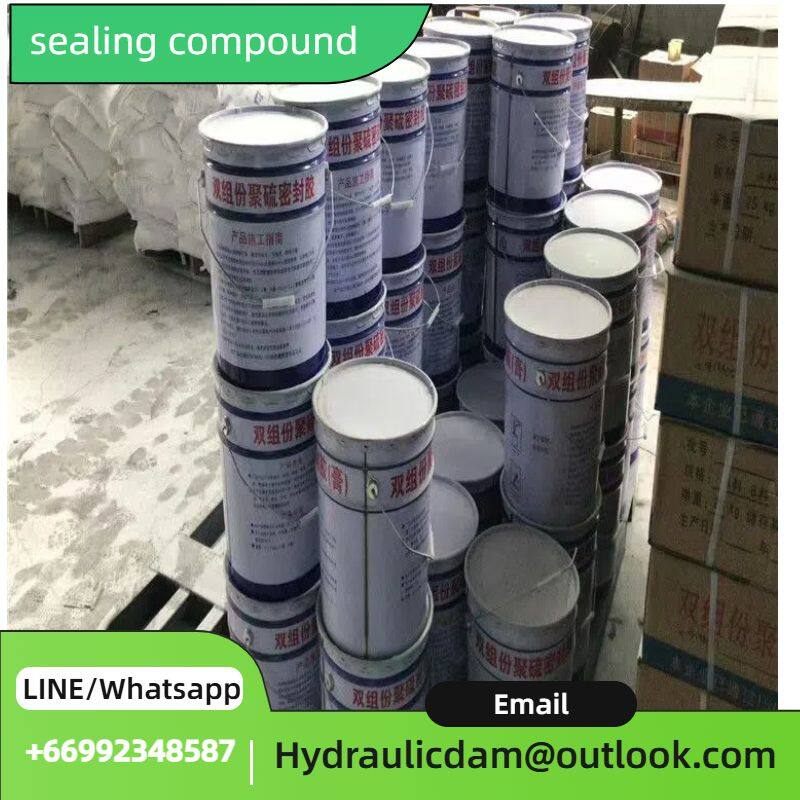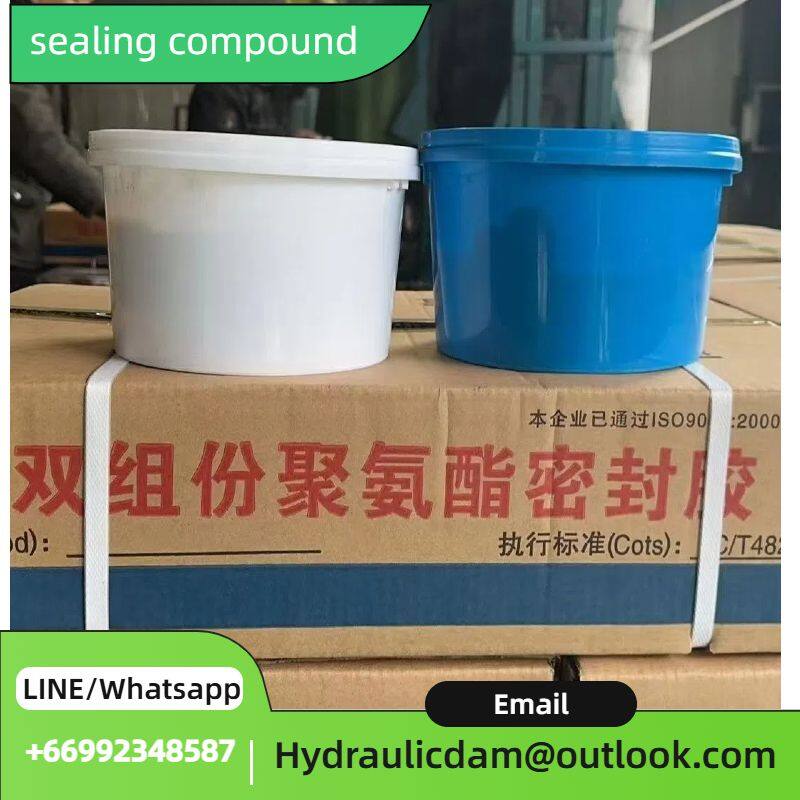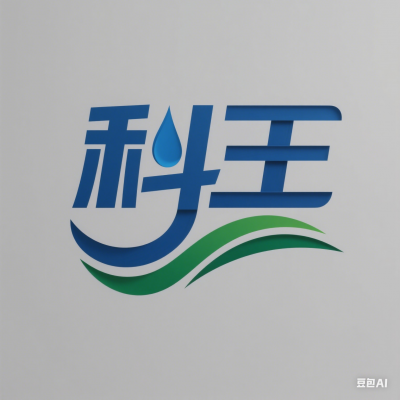In the world of construction, automotive, marine, and various other industries, sealants play a crucial role in ensuring the integrity and durability of structures. Among the numerous types of sealants available, one part polysulfide sealant has emerged as a highly popular and reliable choice. In this blog post, we will explore the characteristics, applications, and advantages of one part polysulfide sealant in detail.
What is One Part Polysulfide Sealant?
One part polysulfide sealant is a type of sealant that contains liquid polysulfide polymers as its main ingredient. These polymers are typically mercaptan - terminated, with a high concentration of sulfur linkages, which give the sealant its unique chemical properties. The “one part” in its name indicates that it is a pre - formulated product, ready for immediate use without the need for on - site mixing of multiple components. This makes it extremely convenient for various applications.
Key Characteristics
1. Excellent Adhesion
One part polysulfide sealant exhibits outstanding adhesion to a wide range of substrates. It can firmly bond to materials such as concrete, masonry, glass, metal, and wood. This strong adhesion ensures a long - lasting and effective seal, preventing the ingress of water, air, and other contaminants. For example, in construction projects, it can be used to seal joints between different building materials, providing a reliable connection that withstands the test of time.
2. High Durability and Weather Resistance
It has excellent durability and weather resistance properties. The sealant can endure harsh environmental conditions, including extreme temperatures, ultraviolet (UV) radiation, and moisture. It remains flexible over a wide temperature range, which is crucial for applications where thermal expansion and contraction occur. For instance, in outdoor structures like bridges and buildings, the sealant can expand and contract with temperature changes, preventing cracks and maintaining its sealing function. It also resists the effects of UV radiation, meaning it won't become brittle or crack over time due to sun exposure.
3. Superior Water and Chemical Resistance
One part polysulfide sealant has a very low water vapor permeability, making it an ideal choice for waterproofing applications. It can effectively block the passage of water, keeping structures dry and protected. Additionally, it shows good resistance to a variety of chemicals, including acids, alkalis, and salts. This chemical resistance is particularly important in industrial settings where the sealant may come into contact with different types of chemical substances. For example, in chemical plants or wastewater treatment facilities, the sealant can be used to seal pipes and containers, ensuring that no chemical leaks occur.
4. Good Elasticity and Recovery
The sealant is highly elastic, which allows it to deform under stress and then return to its original shape. This property is essential for applications in areas where movement is expected, such as expansion joints in buildings or aircraft structures. When the joint expands or contracts, the sealant can stretch or compress accordingly and then recover its initial form, maintaining a tight seal.
Applications
1. Construction Industry
Building Envelopes: One part polysulfide sealant is widely used in sealing joints in building envelopes, such as curtain walls, windows, and doors. It helps to create an airtight and watertight seal, improving the energy efficiency of the building and protecting against water infiltration.
Concrete Structures: In concrete structures like bridges, tunnels, and parking garages, the sealant is used to seal expansion joints. It can accommodate the movement of the concrete due to temperature changes and traffic loads, preventing water from seeping into the joints and causing damage to the structure.



Tags: polysulfide sealant, durability of sealants, chemical resistance of sealants
 Liu
Hi there! Welcome to my shop. Let me know if you have any questions.
Liu
Hi there! Welcome to my shop. Let me know if you have any questions.





